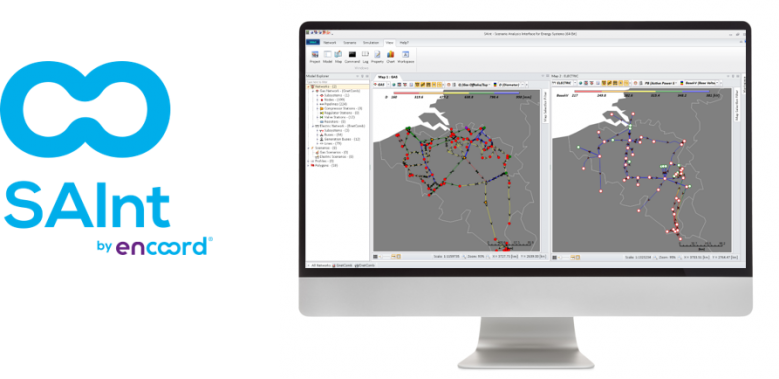
The Need for Dynamic Hydraulic Gas Network Modeling & the Value of Planning Electricity & Gas Networks as an Integrated Energy System
The U.S.-Asia Gas Partnership (AGP) is a public-private partnership that aims to optimize gas network infrastructure planning and develop domestic gas markets across the Indo-Pacific
With a long-term vision to enable the creation of a regional gas market, AGP facilitates a shared understanding between government officials and the private sector about the technical, commercial, and economic factors that spur investment.
Webinar Summary
Gas pipeline network planning is best informed by dynamic hydraulic gas network simulations. These are able to quantify changes in pressure and linepack over time to realistically simulate operations of gas pipeline networks and inform planning decisions. These changes cannot be captured by mass balance or steady-state hydraulic models.
To meet future decarbonization goals, power system planners and operators must integrate higher penetrations of variable renewable energy sources (RES) into electricity networks. The stable and reliable operation of power systems requires a continuous balance between electricity generation and demand. Due to the uncertain and variable nature of most RES and the lack of large amounts of energy storage in power systems, planners and operators must find new flexibility and storage options, which often lie at the interface between electric grids and gas pipeline networks. The latter have relatively large storage capacities (linepack, underground gas storage, LNG storage tanks), which can be leveraged by electricity networks as sources of flexibility and energy storage. The main interconnections between gas and electricity system networks are gas fired power plants (Gas-To-Power – G2P), electric-driven gas compressor stations (Power-To-Pressure - P2P), and power-to-gas facilities (P2G), such as electrolyzers.
In this webinar, the co-founders of encoord, a software company that provides tools to plan today's energy systems and their transition to a decarbonized future, will demonstrate the value of dynamic hydraulic gas network modeling, as well as the value of planning electricity and gas networks as an integrated energy system.
Please send any questions in advance to Sarah Blanford at sblanford@usea.org.


